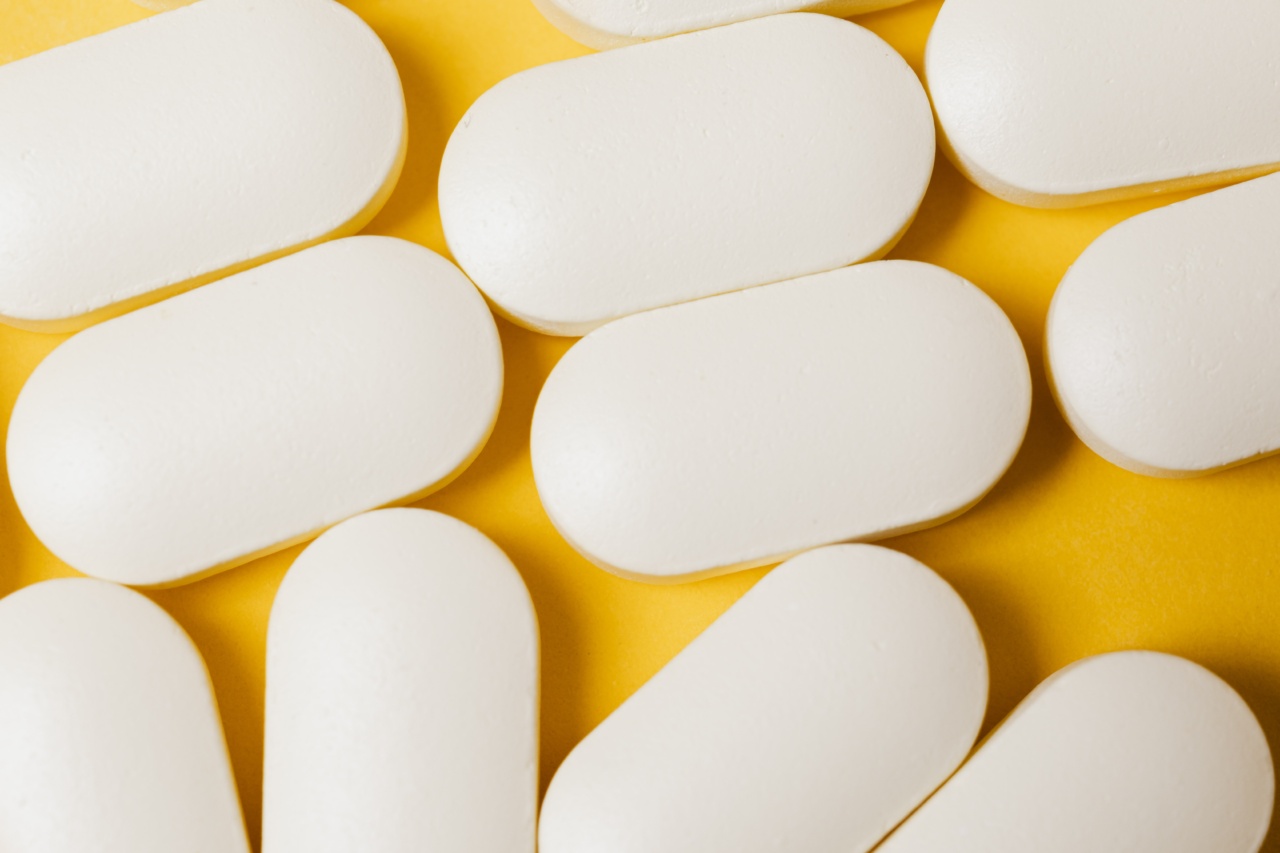As we age, the risk of hip fractures becomes a growing concern. Hip fractures can lead to a host of complications and can significantly impact the quality of life for older adults.
However, there is an essential vitamin that can help prevent hip fractures and promote stronger bones. In this article, we will explore the importance of this vitamin and how it can contribute to bone health.
The Silent Danger: Hip Fractures in Older Adults
Hip fractures are a common injury among older adults, especially those with osteoporosis or weak bones. A hip fracture can occur as a result of a fall, but in some cases, even a minor trauma can cause this severe injury.
The consequences of a hip fracture can be devastating, potentially leading to a loss of independence, decreased mobility, and even an increased risk of mortality.
It is estimated that nearly 300,000 older adults in the United States are hospitalized each year due to hip fractures, and up to one-fourth of these individuals die within a year of their injury.
These numbers highlight the importance of preventive measures to reduce the risk of hip fractures, one of which involves ensuring the proper intake of a specific vitamin that plays a crucial role in bone health.
Vitamin D: The Superpower for Bone Health
Vitamin D, often referred to as the “sunshine vitamin,” is a crucial nutrient that aids in the absorption of calcium and phosphorus in the body. Calcium and phosphorus are vital minerals for building and maintaining strong bones.
Without adequate levels of vitamin D, our bodies may struggle to absorb these necessary minerals, making bones weak and brittle.
A deficiency in vitamin D has been strongly associated with an increased risk of osteoporosis and fractures, including hip fractures.
In fact, studies have shown that older adults with low levels of vitamin D are more likely to experience hip fractures compared to those with sufficient levels.
Additionally, vitamin D also plays a significant role in muscle functioning and balance, which are crucial factors in preventing falls, a leading cause of hip fractures.
The Benefits of Vitamin D in Hip Fracture Prevention
The benefits of vitamin D extend beyond just improving bone health. Research has shown that maintaining optimal levels of vitamin D can significantly reduce the risk of hip fractures among older adults.
Here are some key reasons why vitamin D is essential in preventing hip fractures:.
1. Enhances Calcium Absorption
Vitamin D aids in the absorption of calcium, contributing to stronger bones. Without enough vitamin D, calcium cannot be efficiently absorbed, which can lead to reduced bone density and an increased risk of fractures, including hip fractures.
2. Promotes Bone Density
By improving calcium absorption, vitamin D helps to increase bone density. This increased density makes bones stronger and more resilient, reducing the likelihood of fractures, particularly in vulnerable areas like the hips.
3. Supports Muscular Health
Vitamin D plays a crucial role in maintaining healthy muscles. Strong muscles are essential for balance and stability, reducing the risk of falls and subsequent hip fractures.
Adequate levels of vitamin D contribute to improved muscle strength and coordination, decreasing the likelihood of accidents that can result in hip fractures.
4. Reduces the Risk of Falls
Several studies have demonstrated a strong link between vitamin D deficiency and an increased risk of falls. Falls are a leading cause of hip fractures in older adults.
By optimizing vitamin D levels, individuals can enhance their balance and stability, reducing the chances of accidental falls.
5. Improves Overall Bone Health
Vitamin D is indispensable for overall bone health. In addition to preventing hip fractures, it helps reduce the risk of other fractures associated with osteoporosis, such as wrist fractures and vertebral fractures.
By ensuring sufficient vitamin D intake, individuals can protect their bones from various types of fractures.
How to Get Enough Vitamin D
Ensuring adequate levels of vitamin D is crucial for maintaining bone health and preventing hip fractures. Here are some ways to obtain this essential vitamin:.
1. Sunlight Exposure
Your body can naturally produce vitamin D when exposed to sunlight. Aim for moderate sun exposure, preferably in the morning or late afternoon.
Exposing your face, arms, and legs for approximately 10-15 minutes a few times a week can help your body generate enough vitamin D.
2. Dietary Sources
While it can be challenging to get sufficient vitamin D from diet alone, certain foods can help boost your intake. Fatty fish like salmon and mackerel, egg yolks, cheese, and fortified dairy products are good sources of vitamin D.
Including these foods in your diet can contribute to maintaining optimal vitamin D levels.
3. Supplements
In cases where sun exposure and diet cannot provide adequate vitamin D, supplements can be a reliable option. Consult with your healthcare provider to determine the appropriate dosage for your specific needs.
They can recommend the suitable supplements to help maintain optimal vitamin D levels.
Conclusion
To prevent the devastating consequences of hip fractures in older adults, taking proactive steps to maintain bone health is crucial.
Vitamin D plays a vital role in preventing hip fractures by enhancing calcium absorption, promoting bone density, supporting muscular health, reducing the risk of falls, and improving overall bone health. By ensuring adequate vitamin D levels through sunlight exposure, dietary sources, or supplementation, individuals can fortify their bones and reduce the risk of hip fractures, leading to a higher quality of life in their later years.































